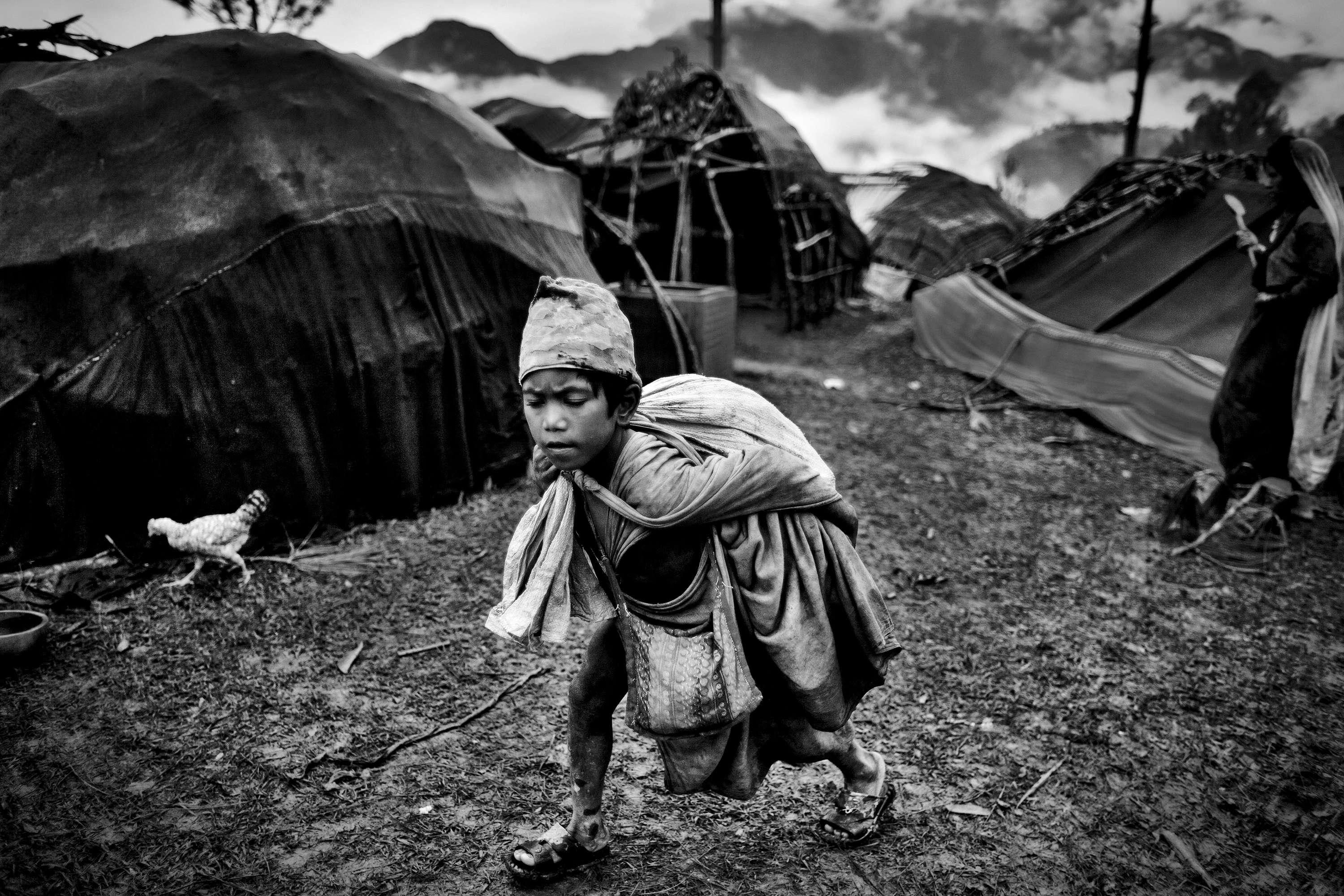
Friday, 23rd October 2020
6pm IST
The webinar will be held on the online platform Zoom. To register for the webinar please click on the link below:








Living in the Mist: the Last Nomads of Nepal
“The duniya (the outside world) farms and makes their homes. We enjoy living in the forest,” says Maeen Bahadur Shahi, former mukhiya (headman) of the last Nepali hunter-gatherers, the nomadic Raute tribe.
“It is possible that hunter-gatherer populations currently residing in central Nepal, such as Kusundas, Chepangs, Rautes, and Rajis may be the descendants of the Patu people that developed the first culture of Nepal some 7000 years ago,” Aashish Jha, a post-doctoral fellow at Standford University, writes. “Understanding the origins and demographic histories of present tribes of Nepal may reveal novel aspects of ancient human dynamics in Asia,” He adds.
But, the Raute way of life is increasingly under threat. After the concept of community forestry was introduced in the 70s in Nepal, tensions arose between Raute and the communities that were stewards of the forests. Used to having free reign of the woods, Raute were not allowed to freely cut down trees anymore. To make the matter worse, the government started to give cash handouts to Raute, which meant that Rautes interact more often with other communities. They now get drunk with locals, sometimes getting into fights.
There have been several attempts by government and non-governmental organizations to settle down Raute, which they have declined so far.
“Around the world, there have been tragic outcomes of forcibly settling hunter-gatherers…The Raute too is not likely to successfully adapt to a farming lifestyle,” social scientist Jana Fortier argues.
It has also become harder to find space for nomadic traditions. If anyone dies in the community, Rautes immediately leave the place, burying the dead with their personal belongings. They also don’t drink flowing water and standing water that is easily accessible can be difficult to find.
For elders like Maeen Shahi of the last nomads of Nepal, these experiences are difficult but he accepts them as something eventual with the changing of times. “This has been the way for long. It will continue for as long we can,” he says.
About the Photographer :
Kishor Sharma (b. 1983) is a documentary photographer based out of Kathmandu, Nepal. He strives to explore and document human societies through photography and has keen interest in telling social, cultural and environmental stories.
He has a Masters’ degree in Mass Communication and Journalism. In 2013, he also completed an advanced visual storytelling course from the Danish School of Media and Journalism.
In 2014, he was awarded the ‘Asia Prize’ at the Photo City Sagamihara Awards, held in Sagamihara, Japan, for his photo documentary work on Nepali nomads. His works have appeared on several media outlets and have been exhibited widely.
The Guftgu Series have been facilitated and supported by Pro-Helvetia New Delhi’s Now On Grant for the year 2020.

